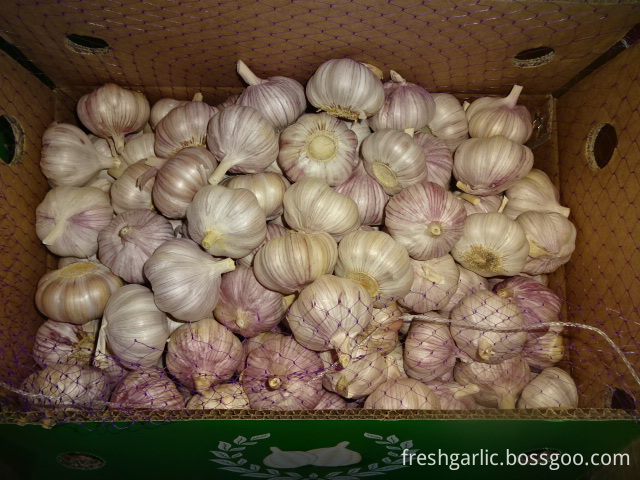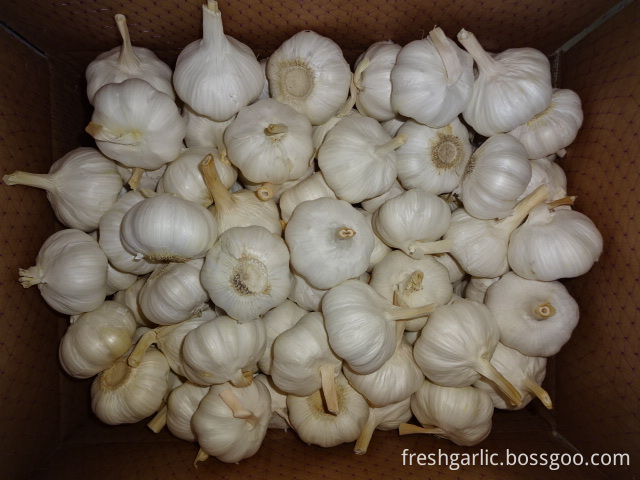Leek has strong regenerative ability, rapid growth, and several harvests a year. However, in order to achieve high yields each year and prevent premature senescence, the number of harvests should be appropriately controlled, and the relationship between harvesting and rooting, the front knife and the back knife, and the current year's yield should be properly handled so as to ensure that the plants grow robustly, increase their annual output, and prolong their lives.
The number of harvests per year of leeks should be based on plant growth, soil fertility and market demand. The overwintering ability of leeks and the growth trend of the coming year are closely related to the amount of nutrients accumulated before winter. The leeks that were born this year should not be harvested, so that the nutrients can be returned to their roots. If the harvest is blindly harvested for the current year, it will inevitably affect the wintering and the production of this year. The spring green is fresh and tender, with good quality, and it can be listed during the spring period. Generally can be harvested 3 to 4 times. In summer, when the quality of leeks is poor, they are usually harvested only by cauliflower, but they can be covered with shade nets to promote growth, improve quality, and continue harvesting. In autumn, the climate is gradually cool, and it is suitable for the growth of leeks. Green oysters can be harvested 2 or 3 times. However, if glutinous yellow is produced in winter, less reaping is needed to facilitate storage of nutrients in rhizomes. In winter, the young people who use the delayed harvest in autumn are covered with anti-frozen films and sunshades before the onset of frost, ice, and snow weather for the winter harvest. The number of days between harvests of leeks depends on the heat of the plants and the weather at that time. Generally, the first knife can be cut about 20 days after the beginning of spring. The second knife has an interval of 25 to 30 days, and the third knife has an interval of 20 to 25 days. The plant height is 30 cm, and the plant has 7 leaves and 1 heart. Early harvest and premature aging, low output; late harvest easy lodging. If there is not enough fertilizer, the number of days to grow will increase.
Harvesting leeks is good in the early morning and avoid hot noon and rainy days harvesting to keep products fresh. After each harvest, it is advisable to cover the cuttings with a layer of 4 to 5 cm thick moist ash or ash, which is beneficial to the growth of the pods, especially in the summer or rainy days. Harvesting methods can affect the yield, leaf growth, and sorghum production. The height of the sturgeon should be 3 to 4 cm on the bulb, and it is advisable to cut the knife under the yellow leaf sheath. Do not injure the “gourd†(bulb). The knife is too high to reduce the yield, and the bulb damage is too low, affecting the tillers and subsequent production. Each knife should be about 1 cm higher than the upper knife. Only conducive to the growth of diarrhea. The harvest rate of leeks is low in 1 to 2 years after planting, and declines after 3 to 5 years. If it is managed well, it can be enduring for many years, and the year of high yield is prolonged.
Fresh Garlic has been used as both food and medicine for thousands of years. Fresh garlic contains many nutrients, including phosphorus, potassium, calcium, protein and vitamins B and C. Try to use it on a daily basis to achieve the greatest health benefits.
For fresh garlic ,there are two varieties of garlic: one is Normal White Garlic (with some purple stripes on the skin of the bulbs) and another variety called Pure White Garlic (or snow white garlic) which does not have any purple stripes on the skin.


Fresh Garlic
Fresh Garlic,Fresh White Garlic,Preserving Garlic,Natural Garlic
JINING FORICH FRUITS & VEGETABLES CO., LTD. , https://www.forichgarlic.com
